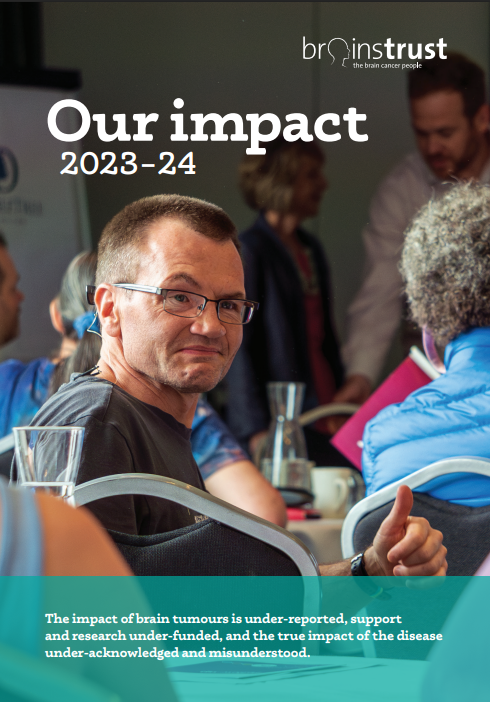Winter wild swimming
When Seth, 7, died of a brain tumour earlier this year, friend of the family Greg decided to honour his memory by taking on a challenge. Greg pledged to go out open water swimming every day for 365 days with no wetsuit, inspired by Seth’s love of the beach.
Seth would have turned eight this December, the seventh month of Greg’s challenge in his memory. He’s raising funds for brainstrust because of the support they provided Seth’s family, as well as the 365 Legacy Fund.
He’s been relentlessly creative in his efforts to reach his fundraising target (£3,650). From swimming in gold hotpants for Childhood Cancer Awareness Month to organising an incredible raffle, and he’s now almost 70% of the way there!
With winter ahead the toughest few months are yet to come. Not just an impressive physical effort, the challenge has been emotional. When Greg gets in the water every day, he remembers Seth’s love of pirates and the beach, as well as the funny jokes and astute observations that he would make while they played games together. Greg is open and honest about the emotion of it all on his Instagram @greg365challenge.
Wild swimming in Devon
Seth passed away in May 2021, and he has inspired many people to take on challenges in his honour. Greg says: “He was a fighter and an amazing little human. Inspired by Seth, I’m now taking on another challenge of wild swimming for 365 consecutive days. No wet-suit, all weathers and conditions.”
And he’s certainly experienced all weathers so far! There’s been sunshine, rain, even storms, but nothing will stop him from completing this challenge.
“Living in Torbay, Devon I am lucky enough to be surrounded by an amazing coast and beaches, through this challenge I’ve swam and been to places I hadn’t explored before, the 365 challenge was also started locally in Brixham so everything just fell into place to take on this challenge. Seth also had a love of the beach, sea and pirates so after he passed I just had an overwhelming urge to take this on for him, even in the depths of winter going for a swim will be nothing compared to what Seth and his family went through during his treatment and I hope through this year long challenge I can raise funds and awareness for brainstrust, along with local community projects backed by the 365 legacy fund.”
“Keeping that spark of determination alive means that other people will benefit indirectly from our son’s short life”
For Seth’s mum, Sam, this determination to take on a tremendous challenge reminds her of her brave little boy.
Sam: “I think one of a parent’s greatest fears over losing a child, aside from the grief, is that their child, their world, will be forgotten or that people will be afraid to mention their name for fear of causing further hurt. But in fact, talking about Seth, sharing his story, his bravery and his absolute determination to live his life to the full helps us to feel that his short life wasn’t for nothing. We hope that his journey will inspire other people to keep going when times are tough and push people to achieve more than they think themselves capable of. Greg’s swim challenge is a part of this, his desire to support brainstrust in Seth’s memory, to keep that spark of determination alive means that other people will benefit indirectly from our son’s short life.”
Follow Greg’s challenge on Instagram @greg365challenge or help him reach his fundraising target by donating here: https://www.justgiving.com/crowdfunding/greg-kirkpatrick









